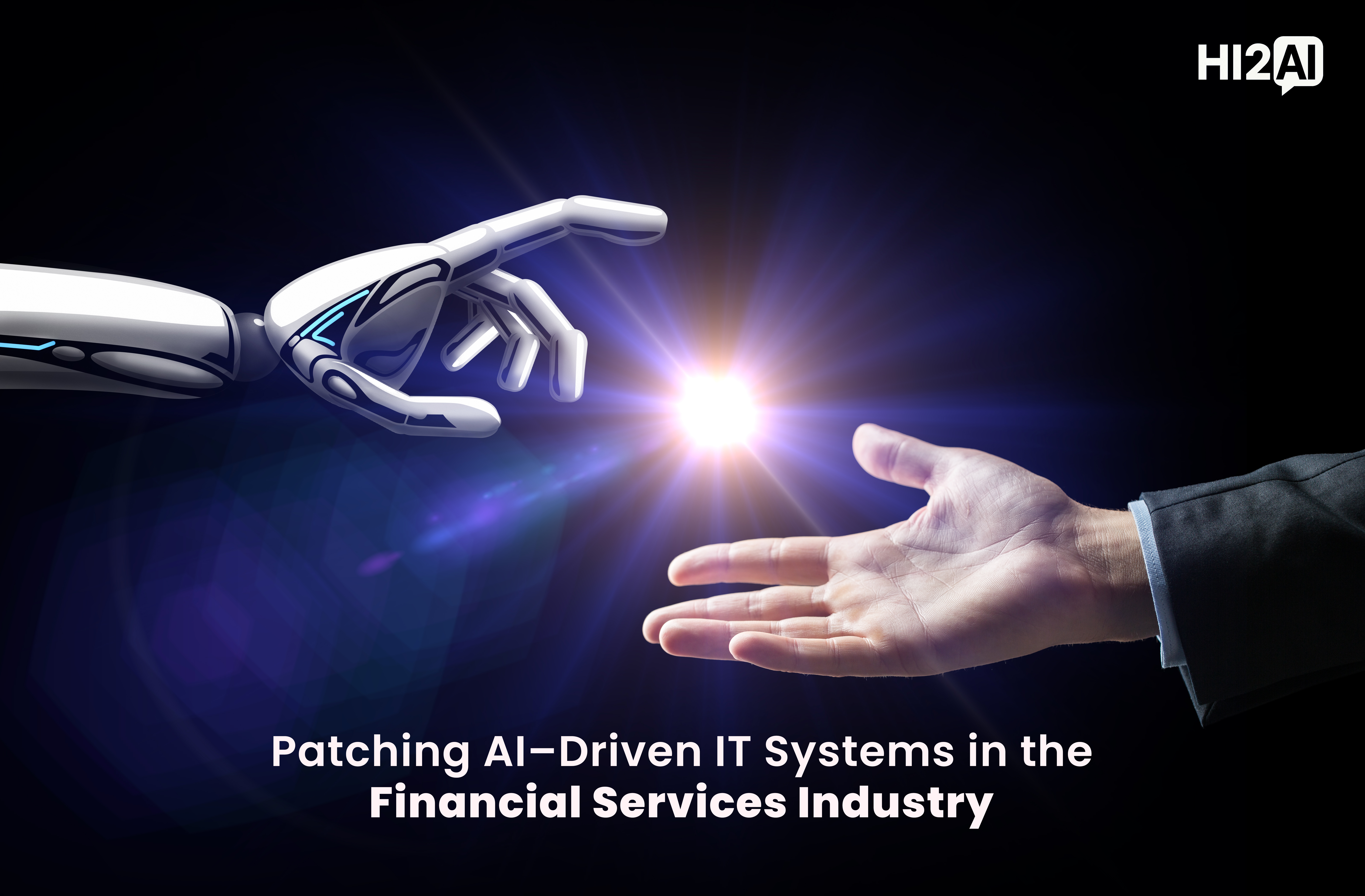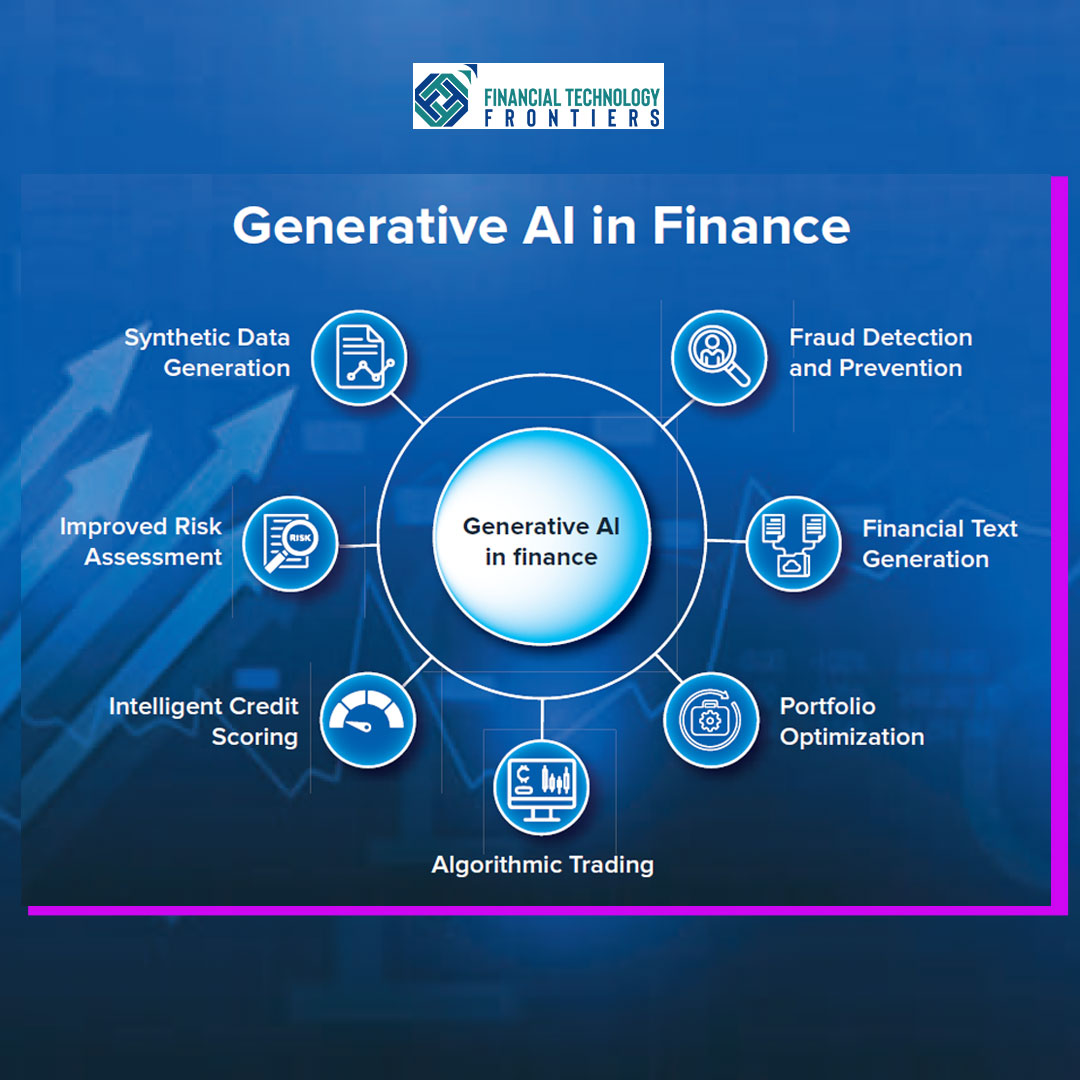
Overview
As we all know, Patching (or patch management) is the lifecycle process of identifying, acquiring, installing, and verifying software code revisions (patches, hot fixes, service packs) to address security flaws, defects, or updated functionality. A patch is a software component that, when installed, directly modifies files or device settings related to a different software component to correct security or functionality problems.
Patching in AI–driven systems
In AI–driven systems, patching not only applies to the base software such as Operating Systems, runtime libraries and frameworks but also to AI components such as model serving infrastructure, inference engines, model dependencies, plugin modules, and any code that interacts with model inputs / outputs.
Patching AI–driven systems involves additional complexity such as the need to ensure compatibility with model versions, preserving model integrity, avoiding regressions in inference behavior, and coordinating the update of dependent modules (e.g. data pipelines, feature extractors).
About This Article
This article offers Financial Technology Frontiers (FTF)’s analysis from a control implementor’s perspective of patch management in AI–driven systems. This Article also addresses the risks associated with non – patching of AI–driven systems by leveraging the NIST AI RMF and SOC TSC. It maps the applicable controls of the NIST AI RMF Core and SOC TSC to these risks to provide the practitioner with a ready–to–use approach to address them.
This Article is written in an accessible format to raise awareness about the perils of AI. FTF believes that financial service providers such as banks, mortgage companies, credit card issuers, insurance companies, etc., Fintech entities, consulting firms and technology companies can benefit from this article and ponder over their respective approaches to AI Risk Management. Practitioners from other industries are welcome to adopt this Article to suit their context.
About Hi2AI
Hi2AI is FTF’s AI ecosystem For Financial Services. Hi2AI is a trusted community shaping the future of Artificial Intelligence in Financial Services by driving responsible innovation, influencing policy with regulators, and crafting future standards that ensure growth, resilience, and trust across the global financial ecosystem. Hi2AI exists to accelerate the responsible adoption of AI across the global financial ecosystem through:
- AI–Driven Industry Collaboration.
- Ecosystem Connection & Innovation.
About Financial Technology Frontiers
Financial Technology Frontiers (FTF) is a global media–led fintech platform dedicated to building and nurturing innovation ecosystems. We bring together thought leaders, financial institutions, fintech disruptors, and technology pioneers to drive meaningful change in the financial services industry.
Importance of Patching in AI–driven IT Systems
- Security Hygiene and Attack Surface Reduction. Unpatched AI–driven systems remain vulnerable to zero–day exploits, allowing adversaries to subvert the AI system capabilities or steal AI system models.
- Model Integrity and Consistency. Bugs or outdated libraries in AI–driven systems can cause inference errors, data drift or unreliable outputs. Patches help maintain correctness and reliability.
- Regulatory and Compliance Obligations. Financial regulators often mandate timely patch management, especially for systems that affect customer data or risk models.
- Operational Resilience. Patching reduces downtime from security incidents, and ensures continuity of AI services like fraud detection, credit scoring, or risk analysis.
- Preserving Trust and Reputation. A breach due to unpatched infrastructure undermines stakeholder confidence and can lead to significant financial and reputational damage.
Risks of Non–Patching AI–driven systems
- Remote Code Execution and Infrastructure Takeover. Attackers exploit unpatched vulnerabilities to execute arbitrary code, compromise the AI models, and / or gain control of the AI system.
- Model Tampering or Poisoning. Unpatched modules in AI pipelines or feature libraries may allow injection of adversarial data or malicious transformations.
- Data Leakage and other Exploitation. Vulnerabilities in libraries or runtime components may permit attackers to read memory regions, extract model attributes and / or observe inference data paths.
- Regulatory and Compliance Failures. A breach or misuse of AI–driven systems due to unpatched status may violate data protection laws (e.g., GDPR, CCPA) and / or specific financial regulations.
- Operational Disruption and Service Degradation. Exploits or cascading failures in unpatched code can disrupt AI–driven services such as fraud detection and real–time scoring. This leads to downtime, false positive / negative alerts or business loss.
Case Study
A recent exploit, EchoLeak (CVE–2025–32711), demonstrated a zero–click prompt injection vulnerability in a production Large Language Model (LLM) deployment on Microsoft’s Copilot. In this incident, the attackers triggered data exfiltration without user interaction by crafting malicious email content that triggered the AI–driven system to respond with internal data. This allowed the malicious prompts embedded in emails and documents to override Copilot’s internal controls, exfiltrate data, and execute unauthorized API calls.
This incident happened due to the failure to update protection layers such as prompt sanitization and input filters to guard against newly discovered injection vectors, and it was mitigated by introducing stronger filtering, prompt partitioning, content security policies, and patching of the AI stack.
This incident is a classic example of data exfiltration & privacy breach involving a modern Ai–driven system such as Microsoft Copilot. It teaches us that AI–native vulnerabilities require patching at multiple levels (e.g., model–level defenses) not just infrastructure or the Operating System. It also highlights the real–world consequences when AI infrastructure or logic layers go unpatched.
Business Impact of Unpatched AI–driven systems
As with traditional technologies, risks of unpatched AI–driven systems have multiple business impacts. Some of these include the following:
| Security Dimension | Nature of Risk |
| Confidentiality | Data breach & privacy exposure that could result in a direct violation of data protection acts (e.g., PIPEDA, GDPR) and loss of customer confidence. |
| Integrity | Compromised model integrity leading to inaccurate decision–making capabilities. |
| Availability | Business continuity disruption that can interrupt critical functions like AML monitoring, payments, or fraud detection. |
| Business Dimension | Nature of Risk |
| Regulatory Non–Compliance | Enforcement actions and penalties. |
| Reputational & Market Value Erosion | Impact on brand equity, stock valuation, and increased regulatory scrutiny. |
Addressing the Problem: Using AI to patch AI–driven systems
AI itself can be harnessed to automate and enhance patch management. Given below are a few approaches to achieve this objective.
- Vulnerability Prioritization & Risk Scoring. ML / AI models can be trained to ingest data from vulnerability scanners, threat intelligence feeds, asset inventories, and system contexts to dynamically prioritize patching tasks such as those in critical servers and high–impact models.
- Autonomous Patch Suggestion and Deployment. In regulated and controlled environments, AI agents can the trained to propose patch bundles or even deploy low–risk patches autonomously respecting rollback safety checks and change management cycles.
- Drift and Regression Detection. AI models can be trained to continuously monitor inference outputs pre– and post–patch to detect changes in model behavior due to unintended side effects.
- Automated Patch Validation. AI–driven can be trained to test and automatically validate patched systems to ensure they maintain performance, model accuracy and no regressions are introduced.
- Predictive Patch Readiness. AI agents can be trained to predict when specific modules or components are likely to require patches, based on usage, threat trends, patch release cycles, and they can schedule preemptive maintenance windows and seek validation from human experts.
These capabilities help reduce the manual burden, shorten patch windows, and improve reliability on AI–driven systems, especially in large–scale AI environments.
Mitigating Controls for Patching AI–driven systems
Effective mitigation measures are essential to ensure that AI–driven systems in financial institutions perform as intended and are maintained with adequate and timely patching. Help is available in the form of frameworks such as the NIST AI RMF and SOC TSC. These frameworks provide structured, outcome–driven approaches to proactively manage AI risks. By embedding these measures across people, governance, processes, and technology, Financial Institutions can manage a balanced Ai–driven operating environment. Given below are a few controls from these frameworks to mitigate patching related risks in AI–driven systems.
| Domain | NIST AI RMF / SOC TSC | Activity |
| Governance & Policy | GOVERN 1.2 (trustworthy AI policies) | Mandate patching policies, change governance, and review cycles across AI–driven systems. |
| Mapping & Context | MAP 4.1 / 4.2 (component risk mapping) | Identify AI modules, dependencies, and patch surface areas. |
| Measurement & Monitoring | MEASURE 3 (tracking over time) | Monitor patch compliance, regression signals, and performance drift. |
| Management & Response | MANAGE 2.4 / 4.1 (override, deactivation, continuous monitoring) | Allow safe rollback, patch supervision, and incident response upon failed patches. |
| Security / Change Controls | CC8.1 Controlled Change Management | Authorize patch rollouts, track changes, and prevent unapproved modifications. |
| System Operations | CC7.1 (operations monitoring), CC7.4 (incident response) | Monitor patch deployment, detect failures or anomalies, respond to patch–related incidents. |
| Logical Access | CC6.8 (user authentication / privileges) | Ensure that patching procedures are only performed by authorized roles. |
Integrating these controls into a financial institution’s enterprise risk framework ensures that patching is not undertaken on an ad hoc basis but gets embedded into risk, audit, and AI lifecycle governance.
The Way Ahead
As AI adoption accelerates in financial services, maturity in maintaining their Ai–driven systems portfolio becomes increasingly important and demands continuous monitoring. Patching is a foundational pillar of security, reliability, and regulatory compliance. Failure to patch quickly and safely invites systemic risk. A few takeaways include the following:
- Conduct a patch maturity assessment across all AI components including model serving, inference engines and feature pipelines.
- Define and operate a patch governance policy aligned with industry standards (e.g., NIST AI RMF, SOC TSC), covering roles, change control, rollout frequencies and rollback plans.
- Deploy AI–augmented patch management tools to prioritize, validate, and automate patch tasks.
- Schedule regular patch audits and post–deployment monitoring to detect regressions, anomalies, or unintended model behavior changes.
- Establish an Executive and Board–level governance model and support dashboards on patch compliance, vulnerability exposure, and metrics.
By embedding a robust patch management rigor into AI lifecycle governance and leveraging AI to support patch operations, financial institutions can bridge the gap among safe operations, business innovation and resilience.
All sources are hyperlinked.




